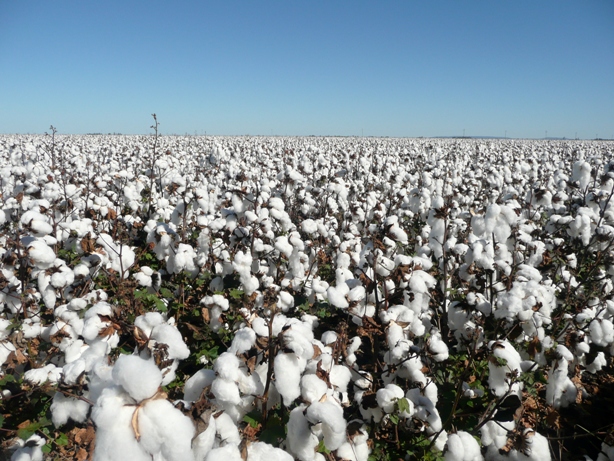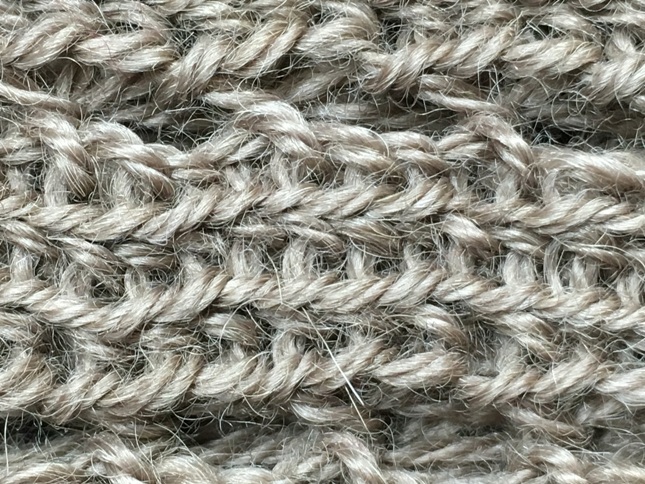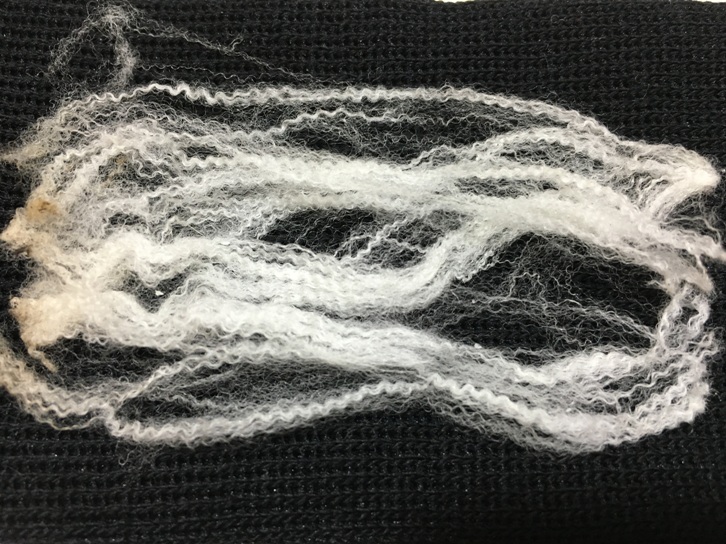Fibres We Use
Local AlpacaOur Luxury range is the realisation of a dream to create socks and accessories in Crookwell from great quality, locally-grown aplaca fleece and fine merino wool. The Alpaca yarn used in our Lindner products is sourced from Alapca Ultimate in southern NSW. Alpaca fibre is similar in structure to wool from sheep, however due to the lower profile of the scales on each individual fibre, alpaca fibre tends to have a much softer feel than sheep wool fibres of a comparable micron. Alpaca has great insulating qualities. In certain breeds of alpaca, the fibres possess a natural crimp like sheep wool. This has the effect of creating tiny air pockets within the spun yarn and the knitted garment which insulates the wearer. Alpaca is a hollow, or partly hollow, fibre. This not only increases its insulating capacity, but also means it is good at wicking moisture and makes it very light-weight when compared to sheep wool. The low profile scales on the outer surface of alpaca fibres can mean that it doesn’t interlock with other fibres as well as sheep wool when spun into yarn. This can mean it is slightly more prone to wear than our sheep wool products, however we balance that by blending it with merino wool, and it is more than made up for, in the warmth and softness of our Laggan Merino Alpaca/Silk socks. It has been suggested to us by several alpaca growers that the best way to care for your alpaca products is to wash them in shampoo! For information about caring for your alpaca and wool socks and apparel, see Caring for Your Socks. |
|
|
|
|
||
|
|
Local MerinoOur Tablelands range socks, accessories and apparel are made from great quality, locally-grown fine merino fleece. WoolConnect growers selectively breed their sheep and carefully class each fleece at shearing to produce wool of a consistent quality and to suitable specifications. The finer micron and merino characteristics give these socks an even softer next-to-skin feel than our Heritage Range. At a fibre diameter of 18.5 micron, this yarn is about as fine as you would go in making a product like socks, as they must retain their durability. These merino socks are a luxury product, perfect as bed socks, but also tough enough to wear in hiking or work boots. |
|
|
|
||
Classic Merino
Our Heritage range of socks includes Australian-grown merino wool. The wool maintains a high comfort factor (is soft to feel next to your skin) and is very hard-wearing. Among the range is our Our Max socks, which are knitted from yarn made up of medium merino fibres to an average of 22.5 micron. When knitting our Heritage Fine Knit Socks, one thread of 22.5 micron wool blend and one nylon yarn are knitted together to form the sock. In our Medium Thickness Ribbed and Thick Full-Cushioned Socks we run four threads of 22.5 micron wool blend and one thread of nylon. Our Thick Full Cushioned socks have an extra looped up terry inner knit making these socks much thicker giving your feet the springy spongy feel. By knitting several fine threads together we increase the strength of the finished garment. |
|
|
|
|
||
 |
Classic Cotton
Lindner Socks knits cotton yarn into four different styles of socks: Medium Thickness Ribbed, Fine Knit, Ankle Socks, and Merino Wool and Cotton Blend. If you’re not sure where you stand on the cotton vs wool spectrum, consider trying our Merino Wool and Cotton Blend socks which blend these two fantastic natural fibres to create a really comfortable pair of socks.
Cotton is grown both as a cellulose fibre and a food crop, with cottonseed oil being used in cooking, soaps and cosmetics, and many stock feeds utilising the cottonseed meal as a high protein ingredient for animals. As a clothing fibre, cotton has many favourable properties. It is soft to feel, breathable, renewable, has good strength and absorbency. Cotton is able to absorb up to 27 times its own weight in water and becomes 20% stronger when wet. Cotton garments will feel wet, however, unlike woollen garments. It is not very elastic, but knitted fabric lends elastic properties to cotton clothing. Many people are familiar with wearing cotton socks. They have been a favourite for decades for many reasons such as the soft next-to-skin feel and ease of care. They are certainly more common on the market than wool or alpaca socks as cotton is relatively inexpensive to grow and process. This difference in cost can be balanced by the fact that cotton socks will usually wear out faster than woollen socks. |
|
NylonNylon is a polyamide fibre, first created in 1938 and utilised initially in the hosiery industry as a strong and inexpensive alternative to silk.In socks, nylon’s abrasion resistance is a particularly important attribute. Adding a small amount of nylon can significantly prolong the life of a pair of socks, which means far less waste is generated. At Lindner Socks, we aim to keep the nylon content in good balance with the natural fibre, so that the benefits of both are maximised and we can deliver comfortable, long-lasting socks to our customers. Nylon remains a common synthetic fibre in the clothing industry today, and using it in conjunction with natural fibres can add strength and elasticity to a garment whilst maintaining all of the great properties of the natural fibre. Some characteristics of nylon that make it so useful include exceptional strength, elasticity, abrasion resistance, lustre, ease of washing, resistance to damage from oils and chemicals, ability to take dye, resilience, light weight and low moisture absorbency. |
|




